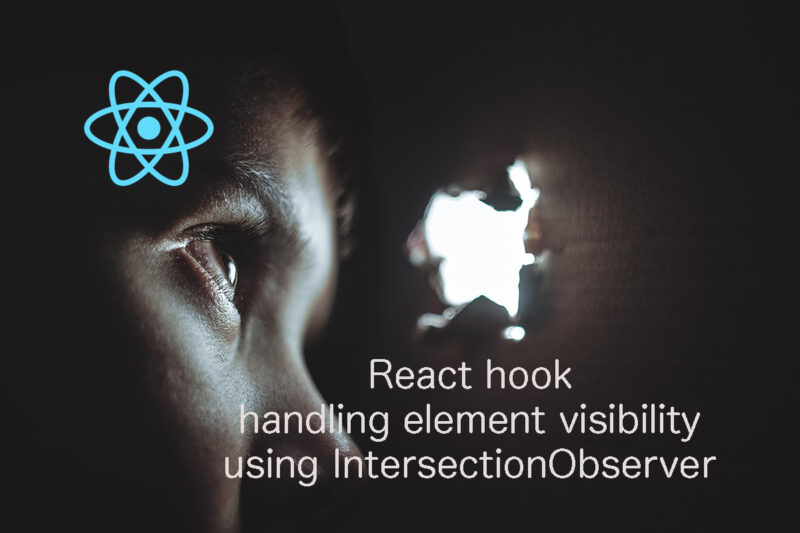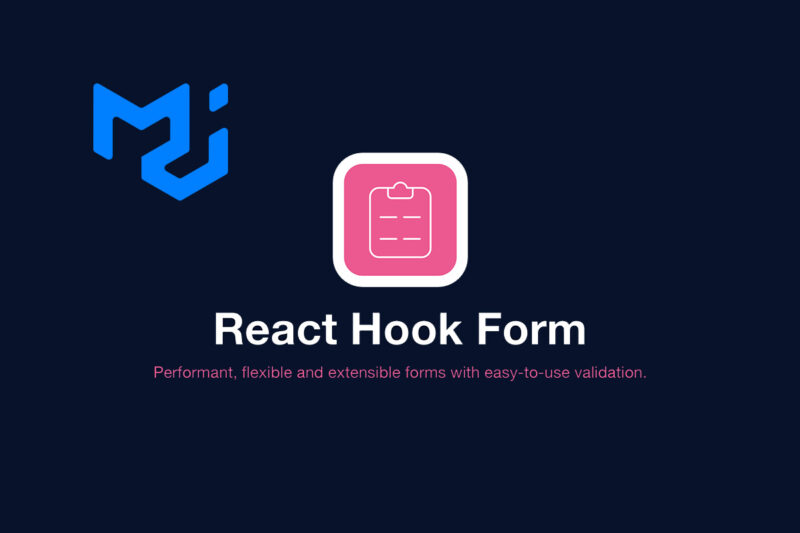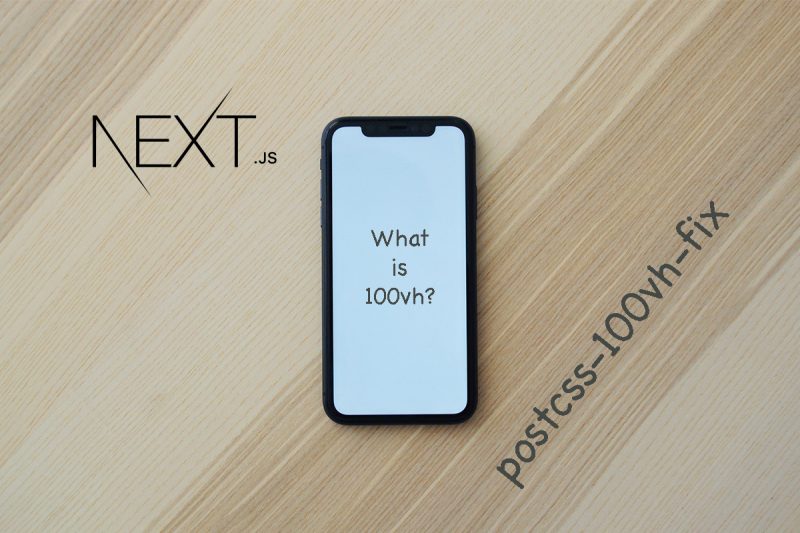Conquer Complex Data: How to Realize Table Joins with Prisma Like a Pro (with Multi-Level Schema Magic!)
Data relationships can be intricate tapestries, and in Next.js, Prisma excels at weaving them together with elegance and power. Forget clumsy SQL and agonizing manual joins – Prisma offers a clean, intuitive way to combine data from multiple tables, even when things get intricate, unlocking deeper insights and enriching your user experience. Let's dive into how to realize table joins with Prisma like a pro, navigating even the most complex schemas with confidence, complete with real-world examples to guide you!
Embrace the Schema Symphony:
Imagine a rich landscape of interconnected data:
- Users: Each user has a profile, preferences, and a stack of written and favorited Posts.
- Posts: Each post belongs to a Category, has comments from other users, and can be tagged with relevant Keywords.
- Categories: Categories are organized in a hierarchical structure with parent and child relationships.
This multi-level schema might seem daunting, but with Prisma, it becomes a dance of powerful joins:
Inner Join Harmony:
Retrieve posts written by users with specific preferences:
const posts = await prisma.post.findMany({
where: {
author: {
preferences: {
contains: "adventure",
},
},
},
include: { author: true },
});This inner join retrieves posts where the author's preferences match "adventure" and eagerly fetches the related author data.
Left Join Elegance:
Show all users, even those with no written posts, and their favorited posts:
const users = await prisma.user.findMany({
include: {
posts: true,
favorites: true,
},
});This left join includes all users, whether they have written posts or not, and eagerly fetches both their authored and favorited posts.
Right Join Rhapsody:
Find all top-level categories and their child categories, regardless of posts within those categories:
const categories = await prisma.category.findMany({
where: { parent: null },
include: { children: true },
});This right join prioritizes top-level categories and includes their child categories, even if they have no associated posts.
Master the Where Clause Concerto:
Combine join types and filter results with precision:
const taggedPosts = await prisma.post.findMany({
where: {
keywords: {
some: { name: "travel" },
},
category: {
name: "adventure",
},
},
});This complex query uses an inner join on Post and Keyword, filtered by posts containing the "travel" keyword, and further filters by posts belonging to the "adventure" category.
Bonus Tip: Eager Loading Symphony:
Optimize your queries and avoid N+1 problems with eager loading:
const user = await prisma.user.findUnique({
where: { id: 1 },
include: {
posts: true, // Eagerly fetch posts
posts: { include: { category: true } }, // Eagerly fetch post categories
},
});This eager loading fetches not only the user's data but also all their posts and their associated categories in a single query, boosting performance and simplifying your code.
By mastering table joins with Prisma, you unlock a symphony of possibilities for analyzing your data, building richer user experiences, and crafting elegant, efficient Next.js applications. Remember, the power of your data lies not just in its existence, but in how you connect it. With Prisma, the join is your conductor, orchestrating a beautiful performance of insightful data exploration. So, go forth, join the dance of tables, and become a data maestro!




